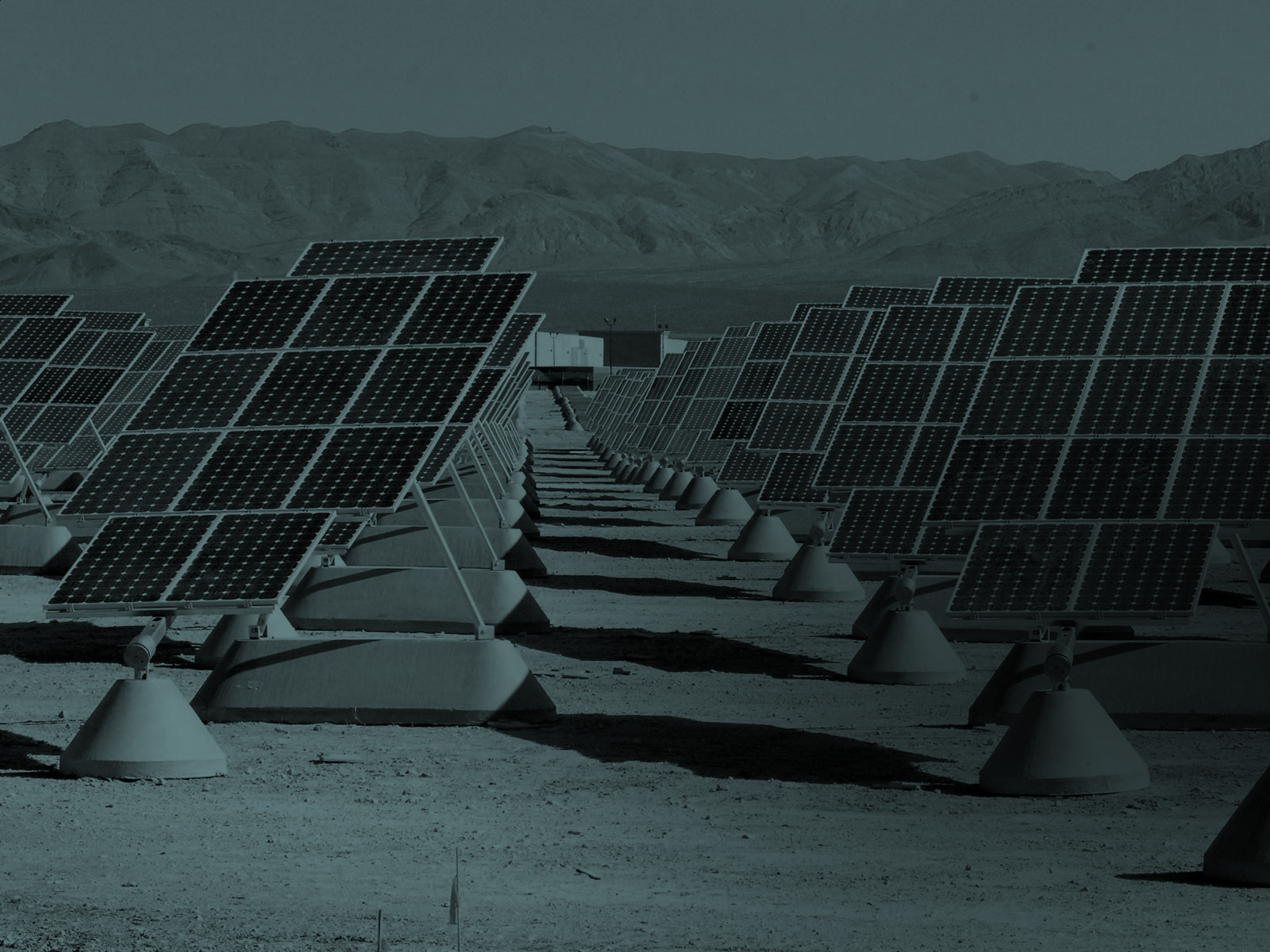In July this year a catastrophic failure of the power grid in India left 600m people without electricity. The incident seemed to mock the country’s ambitions to become a global superpower. India’s businesses and consumers are accustomed to occasional blackouts, but the scale of the July outage was dramatic. And the embarrassment was compounded by the fact that an incident of similar magnitude, in 2001, had prompted major reforms in the energy sector shortly thereafter. Has nothing been achieved in 11 years? Can India realistically hope to keep its economy growing at 8% or more a year if it can’t keep the lights on?
Concerns about India’s energy future predated the July blackout, as did our research for a new white paper on this topic, published today. Following up on our landmark paper on Japan’s post-Fukushima energy future, published in April this year, Empowering growth: Perspectives on India’s energy future contains in-depth essays from prominent academics, officials and industry leaders on the prospects for India’s energy sector.
Presenting the EIU’s forecasts, Martin Adams, Energy Editor at the Economist Intelligence Unit writes that although India’s demand for energy will continue to expand rapidly, domestic supply will be constrained by pricing distortions, dilapidated infrastructure, red tape, tricky geology, inconvenient geography and virulent local objections. This will increase demand for fossil-fuel imports. By 2020, domestic production will fulfil only half of India’s fossil-fuel consumption, down from 60% today. This will add billions to India’s fuel import bill and deepen its energy security worries.
Stuart Neil and Philip Thomas, respectively Director and Scenarios Project Manager at the World Energy Council write about India’s bid to resolve the “energy trilemma” facing every nation: i.e. balancing energy security, equitable energy access and environmental impact mitigation. The WEC’s global Energy Sustainability Index indicates that India’s performance has been declining in all three dimensions, particularly energy security. They stress that only a holistic energy policy, rather than patchwork solutions, will enable India to manage the different elements in its “energy trilemma”.
Charles Ebinger and Govinda Avasarala, respectively Director and Senior Research Assistant at The Brookings Institution’s Energy Security Initiative, argue that India has possibly the most uncertain energy future of any BRIC nation. Against this background, they stress that India should reform electricity and fuel pricing: necessary investment in India’s “woefully inept” electricity sector will not happen until electricity prices reflect the actual cost of generation. Rational energy and electricity prices would also promote conservation and more efficient consumption, and eliminate unsustainable subsidies on the balance sheets of both the government and the oil companies.
M Govinda Rao, Director of the National Institute of Public Finance and Policy, explains that electricity supply and demand lie at the heart of India’s aspirations to maintain an annual GDP growth rate of 8% in the medium term. A growing reliance on imports of coal, as well as oil and gas, will exacerbate energy worries in the coming decade, Mr Rao warns. He calls for a comprehensive overhaul of energy sector policies to ensure a stable supply of power for industrial growth. He also writes that the required increase in generation capacity to attain targeted economic growth, without environmental damage, can be achieved only when the government makes substantial investments in nuclear power.
Arunabha Ghosh, Chief Executive Officer of India’s Council on Energy, Environment and Water warns that Indian industry, particularly manufacturing, faces a huge challenge to procure enough energy to fuel future expansion. Inter alia, he recommends that India develop its energy infrastructure and supply chain. This includes building more port capacity and new rail freight corridors, but also investing in software for energy management, training grid operators, and building up a parallel “soft” energy infrastructure.
Rajiv Lall, Vice-chairman and Managing Director of IDFC, an infrastructure financing company, attacks deep-seated problems with the country’s electricity connectivity. Finding the political will to implement reform will be difficult, Mr Lall says, but the country’s continued economic development depends on it. India’s politicians must make bold regulatory decisions that will allow distribution companies to return to commercial viability, he writes. In the long term, only private participation in the distribution segment will solve its problems.
Finally, Rahul Tongia, Technical Advisor to the Smart Grid Task Force of the Government of India and Adjunct Professor at Carnegie Mellon University asks whether renewable sources are the answer to India’s energy problems. Their potential is undeniable: in five years they could account for 18% of capacity—if only about 6% of generation. But scaling up renewables generation, Mr Tongia writes, means resolving fundamental challenges of supply volatility, grid integration, geographic dispersion and uncompetitiveness. Someone must bear the higher costs of renewable power sources. While the central government has developed several policies to this end, states—and consumers—might be less eager to finance further renewables development.
To read the full versions of these essays, download the complete paper at
http://www.managementthinking.eiu.com/empowering-growth.html
The views and opinions expressed in this article are those of the authors and do not necessarily reflect the views of The Economist Intelligence Unit Limited (EIU) or any other member of The Economist Group. The Economist Group (including the EIU) cannot accept any responsibility or liability for reliance by any person on this article or any of the information, opinions or conclusions set out in the article.




